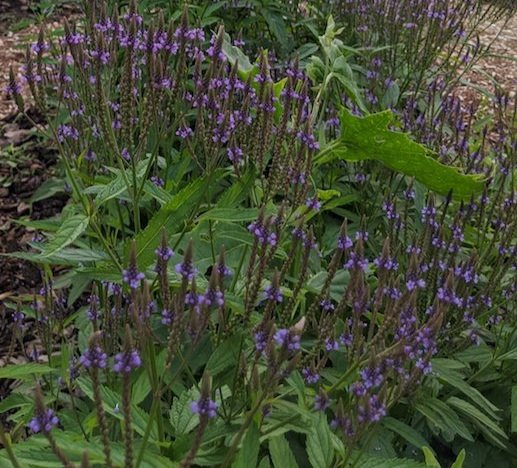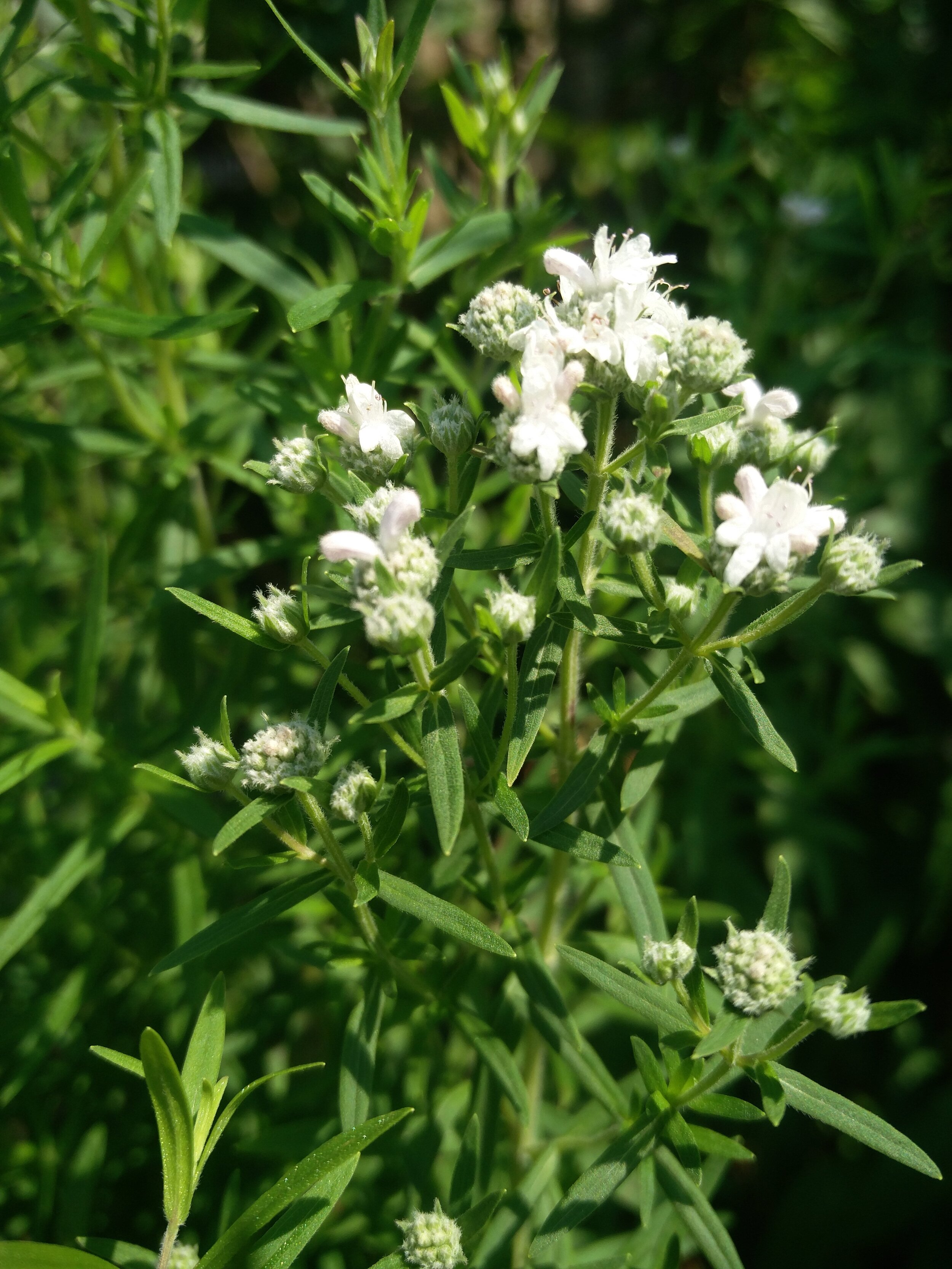Seed kits for Indigenous gardeners
Now available to Indigenous gardeners in Ontario!
Miinikaan is offering 50 free seed kits to Indigenous growers to grow native plants. Thank you to project partner Carolinian Canada for supporting these seed kits!
Are you First Nations, Métis or Inuit?
What are native plants?
Native plants have always existed here in this land, with the Indigenous peoples.
These plants have a long history of use in cultivation and/or harvesting as food and medicines by the First Nations. Many native plants feed pollinators and give habitat to a diversity of insects and birds. Their benefits are often overlooked, and little-known to the modern city-dweller.
Indigenous bees and other pollinators like beetles, birds, butterflies, bats and flies, get nectar to eat from the flowers of native plants and transfer pollen between plants, allowing them to set seed and reproduce. Many varieties of wild bees live in urban gardens besides honey bees. Containers and balcony gardens can be perfect habitats for them!
Why grow plants for pollinators
Indigenous plants are medicines for people AND they feed indigenous pollinators.
Increase production of insect-pollinated crops (some are pollinated by wind or self-pollinated).
Support urban biodiversity.
Add to the “river of flowers” that migrating insects (e.g. the threatened monarch butterfly) can use to feed from garden to garden and travel across the city.
Get to know these tiny, beautiful and very important garden creatures!
Which seeds are in the kits this year?
Sweet Ox-Eye
A member of the Sunflower family, this plant produces small, but fragrant flower heads that are long-lasting. Sweet Ox-Eye supports a wide set of pollinators but are especially loved by butterflies. They also make a perfect cut flower!
Wild Bergamot
Monarda fistulosa
Easy growing in dry conditions and small spaces. Good for sun or part sun and tolerates heavy clay soils. Leave space between plants for air circulation.
Bergamot’s pale purple and flamboyant flowers please the eye and the bees. Bergamot is also known as Oswego Tea. The British took it to use as the signature flavour of Earl Grey tea. You can dry it and mix with your own black tea for a similar result.
Hoary Vervain
Lavender-coloured spires bloom for up to six weeks in summer. Loved by butterflies and their catterpillars, this upright perennial is drought-resistant and low growing.
Blue Vervain
Verbena hastata
Long slender clusters of blue-purple blooms throughout the summer months. Tolerant of heavy clay soils. An ancient healing plant in many cultures, one of its properties is calming nervine (helps with stress and anxiety). The flowers and leaves can be dried and made into a soothing tea.
Virginia Mountain Mint
Pycnanthemum virginianum
A local and native mint whose flavour is irreplaceable - with a richer, sweeter minty tone to the leaves and flowers. Fantastic for attracting pollinators. A low maintenance plant that I recommend adding to any container garden. For companion planting, Virginia Mountain Mint can share a pot with other drought tolerant, sun loving plants like Bergamot, Asters, or Purple Coneflower. Or create a mint garden and include this as one of the varieties!
Asemaa
Last year we planted tobacco in ceremony in many of the Miinikaan gardens. These seeds we’d like to share with you were harvested from our gardens. They can be directly seeded outdoors in May or started indoors in small pots at the end of March or early April and then transplanted in late May.
The seeds are very tiny - do not overcrowd! The plants thrive when you sing to them and pray to them. Unlike all the other perennials listed above, this tobacco (Nicotiana rustica) is an annual plant, and the seeds do not need to be stratified.
For best leaf harvest, cut leaves before plants begin to flower. Two or three harvests of leaves are possible in one summer.
Cold-stratifying for native plant seeds
Seed of the native plants and hardy perennials in these kits need to go through the cold winter to grow properly next year. Stratification imitates the freezing conditions that seeds would naturally go through outside. Most native plants are late summer to fall seed bearing and need at least 6 weeks of exposure to moist, cold conditions. Without stratification, many perennial seeds will not germinate properly when planted. If not stratified long enough, some plants may take an extra year to emerge.
2 ways to stratify seeds
Stratify seeds indoors
Put seeds into some moist peat, vermiculite or potting soil in a sandwich bag and leave in the fridge or freezer for 6 weeks or more. Soil/peat should be damp like a squeezed-out sponge, not soaking wet. It is preferable to use something that holds water but not nutrients. After stratification plant seeds in pots outside, or start seeds early indoors.
Stratify seeds outside
Plant seeds in pots or flats (trays) and put outside anytime from fall to early March. Protect from squirrels with metal mesh or upside-down mesh plant trays. Label everything with an outdoor garden marker. Make sure the surface of the soil stays moist. Watch them as the weather warms up and the seeds start to germinate!
Planting and transplanting
Once your seeds have started to germinate (you’ll know when a tiny sprout emerges) they are can be seeded into larger pots. Or you can wait until small seedlings have grown before transplanting. Right after you transplant make sure to water plants and keep them out of direct sun (cloudy days are best)!
If you have space, plant the seedlings in the ground! If you’re using containers, the best size for overwintering these perennials is minimum 12” wide pots. 16” is even better! Some perennials grow very slowly so be prepared to wait until the second year to see them flowering.




